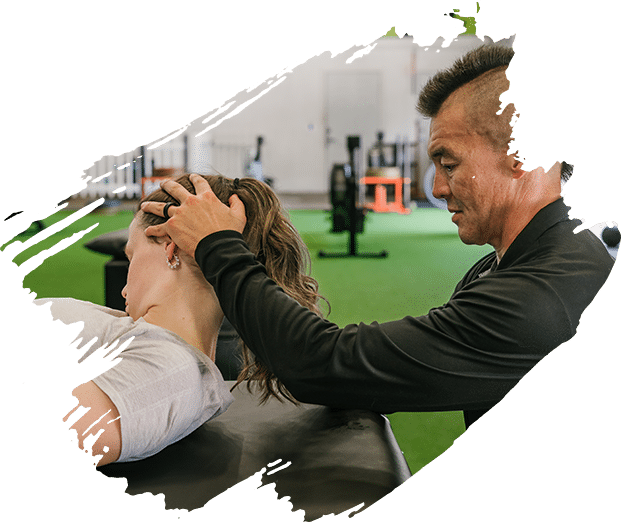 Low-impact exercises help you stay fit without hammering your joints and exacerbating pain. Many second-floor apartment dwellers in Lakeland, FL, also use them to exercise quietly and not disturb the neighbors below them. Mothers-to-be also are encouraged to use low-impact exercises, particularly later in their pregnancy. When you do these types of exercises, you keep at least one foot on the ground at all times. Fast walking is low-impact while running isn't. That's because when you run, there's twice as much impact since, at some point during the stride, both feet lift off the ground. The force when your foot hits when running is twice as much as walking.
Low-impact exercises help you stay fit without hammering your joints and exacerbating pain. Many second-floor apartment dwellers in Lakeland, FL, also use them to exercise quietly and not disturb the neighbors below them. Mothers-to-be also are encouraged to use low-impact exercises, particularly later in their pregnancy. When you do these types of exercises, you keep at least one foot on the ground at all times. Fast walking is low-impact while running isn't. That's because when you run, there's twice as much impact since, at some point during the stride, both feet lift off the ground. The force when your foot hits when running is twice as much as walking.
Flexibility exercises like stretching are low-impact.
You lengthen the muscles when you stretch. If you do high-impact exercises while lengthening the muscles, it can cause damage. It's why most slow stretching exercises are low-impact. The concept behind doing flexibility training is to improve the range of motion. They include side leg lifts, squats, and lunges. They also include flexibility exercises like the cat-cow yoga poses. Most yoga poses are low-impact, just as most tai chi movements are. It may be why tai chi is so popular with seniors, who often have joint issues.
There are low-impact cardio exercises.
Running isn't the only cardio. As noted previously, walking is a low-impact exercise that helps build cardiovascular endurance. Other low-impact cardio includes riding a bike, swimming, and rowing. You boost your circulation with these exercises and increase your heart rate and the oxygen you breathe in, something necessary to qualify as cardio. Low-impact cardio helps joints as it improves your heart and lungs. The increased circulation also increases the circulation of synovial fluid that lubricates the joints without adding stress.
Strength-building exercises can also be low-impact.
Low-impact workouts also help build the strength of ligaments and muscles surrounding the joints to help relieve pressure that causes pain. Bodyweight exercises like push-ups and planks are examples. Clapping push-ups and burpees are high-impact. Hip bridges, squats, and dumbbell curls are examples of strength-builders that increase strength. Some of these strength-builders also improve flexibility and endurance.
- You can modify any low-impact exercise by alternating between high-intensity, going at maximum speed, and a recovery pace. Bike riding, walking, and swimming lend themselves well to the modifications.
- One of the best places to do low-impact exercises is in a pool. Your body buoyancy combines with the water resistance to maximize the workout without harming joints. Aquatic exercises are low-impact.
- Jumping jacks are high-impact, but you can change that. Instead of jumping as you spread your legs outward or pull them together, take a step with one foot outward and then back together. Do arm movements as you normally would.
- Even though low-impact exercises provide benefits, always check with your healthcare professional before starting any exercise program. If you're using the services of a personal trainer and have a health condition that could affect that condition, let the trainer know.
For more information, contact us today at Habitat Health & Fitness

